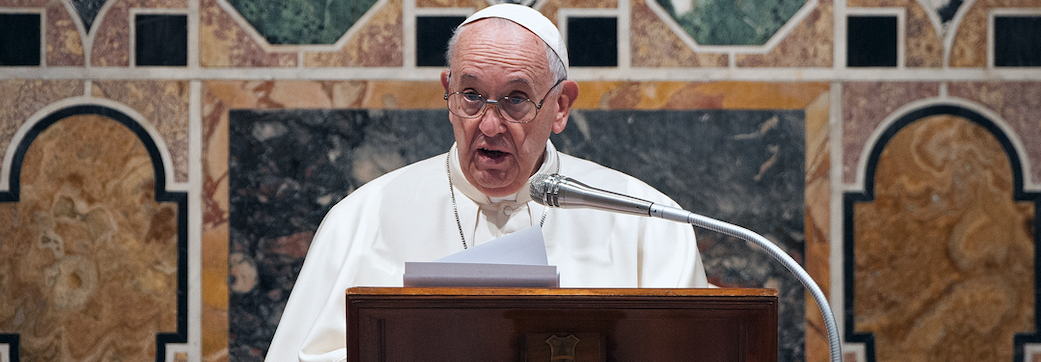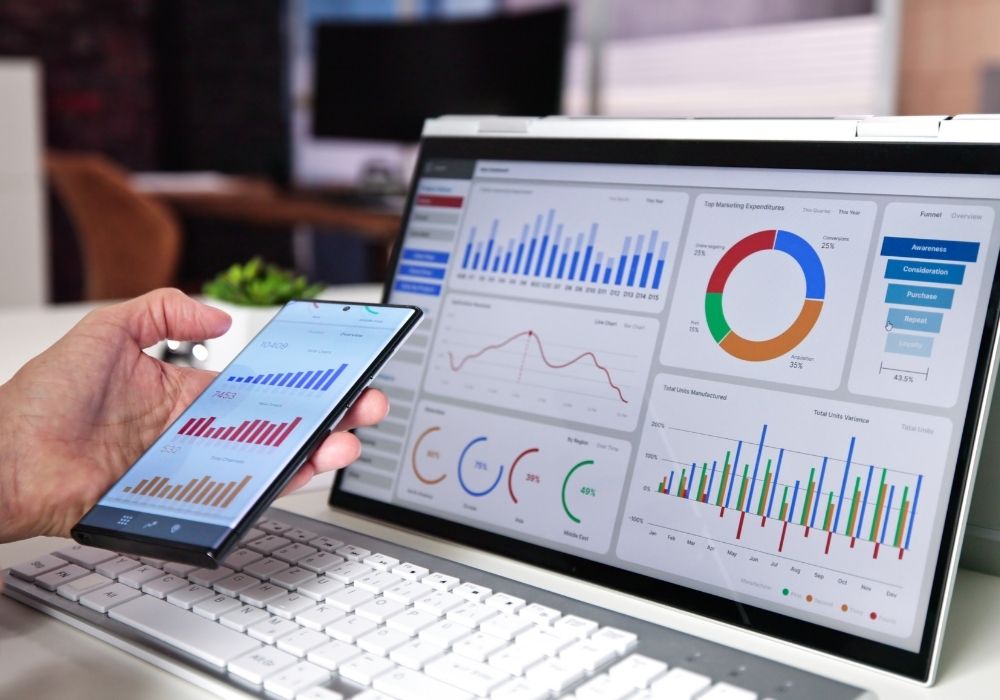Easter weekend saw people find new and inventive ways to celebrate and connect with their family and friends, at a time of isolation and lockdown.
People adapted and modernised their traditions, using social media and digital channels to celebrate and it was certainly a different type of Easter, with old and new colliding like never before.
A social Sunday service
The most noticeable example of this came from the leader of the Worldwide Catholic Church – Pope Francis. The 83-year-old pontiff made a thoroughly modern-day decision and preceded over Holy Thursday, Good Friday, the Easter Vigil and Easter Sunday Mass through a live stream on The Vatican’s YouTube channel. All liturgies took place at the Vatican in St Peter’s Basilica, with the Stations of the Cross procession in St Peter’s Square.
And whilst members of the public were not present during the religious commencements, millions of people watched and listened on various media platforms as the Pope repeated the Easter proclamation, which went “from heart to heart” across the globe.
In the UK, the Archbishop of Canterbury, Justin Welby, delivered his first digital Easter Sunday service from his kitchen in London. He took the opportunity to praise the ‘heroism’ of frontline workers amid the coronavirus outbreak. In common with clergy and people across the Church of England, all readings during the service were recorded at each individual’s home to observe social distancing. At present, the YouTube Easter Sunday Service has almost 70,000 views, with more weekly services now scheduled due to the popularity and the need for connection at this time.
A global concert, with a personal note
In Milan, the popular classical singer Andrea Bocelli, marked Easter Sunday by singing live from the empty Duomo Cathedral. The virtual concert, aptly named, “Music for Hope” has been viewed over 33 million times in two days. The global music icon gave the solo performance to represent a message of love, healing and hope to the world.
The concert trended on social media platforms across the world, with people commenting on the evocative and emotional nature of the songs and performance. Interestingly, although YouTube was one of the main channels to stream the service, they’ve since been criticised for commercialising the event with adverts throughout the performance.
Still a cracking Easter for brands?
For children, many brands held ‘virtual Easter egg hunts’ for families to enjoy and participate in over the Bank Holiday. Popular brands including Nintendo, Cadburys and Disney all launched digital platforms to play games, find virtual eggs and enjoy a ‘hunt experience’ – all from the comfort of your own home.
Local attractions, including zoos and parks, also took the time to organise social media competitions and encouraged parents to share comments and drawings their children had made, with the chance to win prizes and tickets for the attractions, once lockdown is over.
Adapting to a digital world
Looking at the commercial side of Easter, many retailers (who are still operating online) have posted positive sales for Easter eggs and chocolate. The surge came as UK consumers turned to the internet during the coronavirus lockdown. Upmarket chocolate retailer Hotel Chocolat closed all its UK stores three weeks ago but boss, Angus Thirwell said: “As it turns out, we’ve sold more Easter eggs than last year.” Thorntons also saw a ‘significant increase in online orders.’
The world’s first digital Easter brought people together – virtually – for a collective experience and shared celebration. And whilst, there’s undoubtedly still a long road ahead in the fight against coronavirus, this past weekend has shown that people can connect and come together for a unified purpose.
So, as we look to the uncertain future, it’s reassuring to know that social media is doing exactly what it was intended for – bringing people together and creating connections across the world.








